Making Her Mark: A History of Women Artists in Europe, 1400–1800
Making Her Mark: A History of Women Artists in Europe, 1400–1800 set out to celebrate the “polyphonic contributions of women makers,” and this emphasis on multiplicity—of voices, of origins, and of media—elevates entire categories of making that are only now receiving their due.[1] From embroidery to cut paper, drawing to print, the exhibition and its catalogue place materiality and medium front and center. Curated by Andaleeb Badiee Banta and Alexa Greist, with the assistance of Theresa Kutasz Christensen, the exhibition is no longer open, but it was on view at the Baltimore Museum of Art (1 Oct 2023–7 Jan 2024) and the Art Gallery of Ontario (30 March–1 July 2024). I would enthusiastically recommend the catalogue essays to anyone who, like me, missed the opportunity to see the show in person!
We may now recognize “greatness” as a problematic category for art history,[2] but here the curators also unpack how similar terms like “exceptionality” and “quality” preclude us from considering the creative outputs of most historical women.[3] Our emphases on attributions, on “fine art” (read: painting), and single-person authorship necessarily excludes most work by women, who are often anonymous, have created collaboratively, or worked under the auspices of “craft.” This underpins the curators’ decision to consider a wide geographic and temporal range, through which they can more accurately capture the diverse experiences of women living under varying socio-political conditions.[4] Labor of all kinds shines through the 230-plus objects exhibited.
A Spotlight on Revolutionary France
Some patterns, however, emerge from the polyphony. The Katrin Bellinger Collection loaned five works to the exhibition—three drawings, one album, and a combination sewing and watercolor kit. Two of these drawings speak to a particular historical moment in late eighteenth-century Paris, when the reorganization of art institutions before, during, and after the Revolution created new pathways for women to access training and exhibition spaces.
Marie-Gabrielle Capet’s (1761–1818) sensitive chalk portrait of the aging painter François-André Vincent (1746–1816) divulges her close friendships with both men and women artists (Fig. 1). Vincent, a prominent neoclassical artist, was married to Capet’s teacher and mentor, Adélaïde Labille-Guiard (1749–1803), and the three functioned much like a family. The latter was one of only a handful of women admitted to the Académie, and when she received artist’s lodgings in the Louvre in 1795, Capet joined her.[5] This miniature-like portrait attests to a continued closeness between Vincent and Capet after Labille-Guiard’s death. Capet looked after Vincent in his final years, and in her will she described the work as an image of “her father.”[6]
Anne Guéret (1760–1805), Capet’s almost exact contemporary, was a student of neoclassical painter Jacques-Louis David, and her attractive portrait of a fellow artist features on the cover of the exhibition catalogue (Fig. 2). Guéret’s sitter is captured in a moment of inspiration: gazing up and to the left of the sheet, a soft halo of light encircles her head. She appears relaxed and in control of her work, with her arm draped casually over her portfolio. Her unfinished sketch is, notably, a winged male nude, which alludes to one of the central challenges for women artists in the academy: the so-called “impropriety” of studying the male body from life. Guéret thus stakes a claim to the capabilities of women artists to depict the male nude, both for her sitter, and by association for herself.[7]
The Amateur and the Professional
Both Gueret and Capet produced art for the public sphere, garnering them the status of “professional” artists. Conversely, the nineteenth-century Combination Sewing and Painting Box shines a light on “amateur” makers who often worked in multiple media within the private spaces of the home (Fig. 3). Fanny Guillaume Baronne de Molaret’s 1837 album of drawings contains sketches that attest to such domestic social settings where women made art without plans to exhibit or sell (Figs. 4, 5). Again, though, the curators have made clear that amateur and professional are value judgements that have historically diminished the seriousness of art made by women.
Such arbitrary distinctions between “amateur” and “professional” are intimated in Louise Adéone Drölling’s (1797–1831) oil painting Interior with Young Woman Tracing a Flower (Fig. 6).[8] In this work, a possible self-portrait, the artist is portrayed alongside a lute and other objects that indicate her participation in acceptable creative pursuits for upper-class women. However, Drölling herself was trained by her father and won a gold medal for the painting when it was exhibited in 1824. Furthermore, the composition was disseminated in printed form: a publicly commercial enterprise (Fig. 7).
The full scope of the show is best appreciated by parsing the rich catalogue, or by exploring the digital resources on the Art Gallery of Ontario’s website. Making Her Mark introduces us to a new array of artists and objects, while offering insightful methods for studying them further.
Link to exhibition catalogue:
Notes:
[1] Andaleeb Badiee Banta, Alexa Greist, and Theresa Kutasz Christensen, eds., Making Her Mark: A History of Women Artists in Europe, 1400-1800 (Toronto, Ontario: Art Gallery of Ontario in association with Goose Lane Editions, 2023), 9.
[2] See Linda Nochlin, “Why Have There Been No Great Women Artists?” in Art and Sexual Politics, eds. Elizabeth C. Baker and Thomas B. Hess (London: Collier Macmillan, 1973); Rozsika Parker and Griselda Pollock, Old Mistresses: Women, Art and Ideology (London: Pandorra, 1981).
[3] Andaleeb Badiee Banta, “Not Seen, Not Heard: In Search of the Unexceptional Woman Artist,” in Banta, Greist, and Kutasz Christensen, Making Her Mark, 15–28.
[4] Banta, Greist, and Kutasz Christensen, Making Her Mark, 18.
[5] See note 2, Séverine Sofio, “Gabrielle Capet’s Collective Self-Portrait: Women and Artistic Legacy in Post-Revolutionary France,” Journal18, no. 8, Self/Portrait (Fall 2019), https://www.journal18.org/4397
[6] See catalogue essay, Coutau-Bégarie & Associés, 10 February 2021, lot 25, 47.
[7] The work has also been interpreted as a self-portrait due to resemblances between the subject and a later portrait of Anne Guéret. See catalogue essay, Stephen Ongpin Fine Art, An Exhibition of Master Drawings, New York & London 2008, no. 22.
[8] Banta, Greist, and Kutasz Christensen, Making Her Mark, 216.
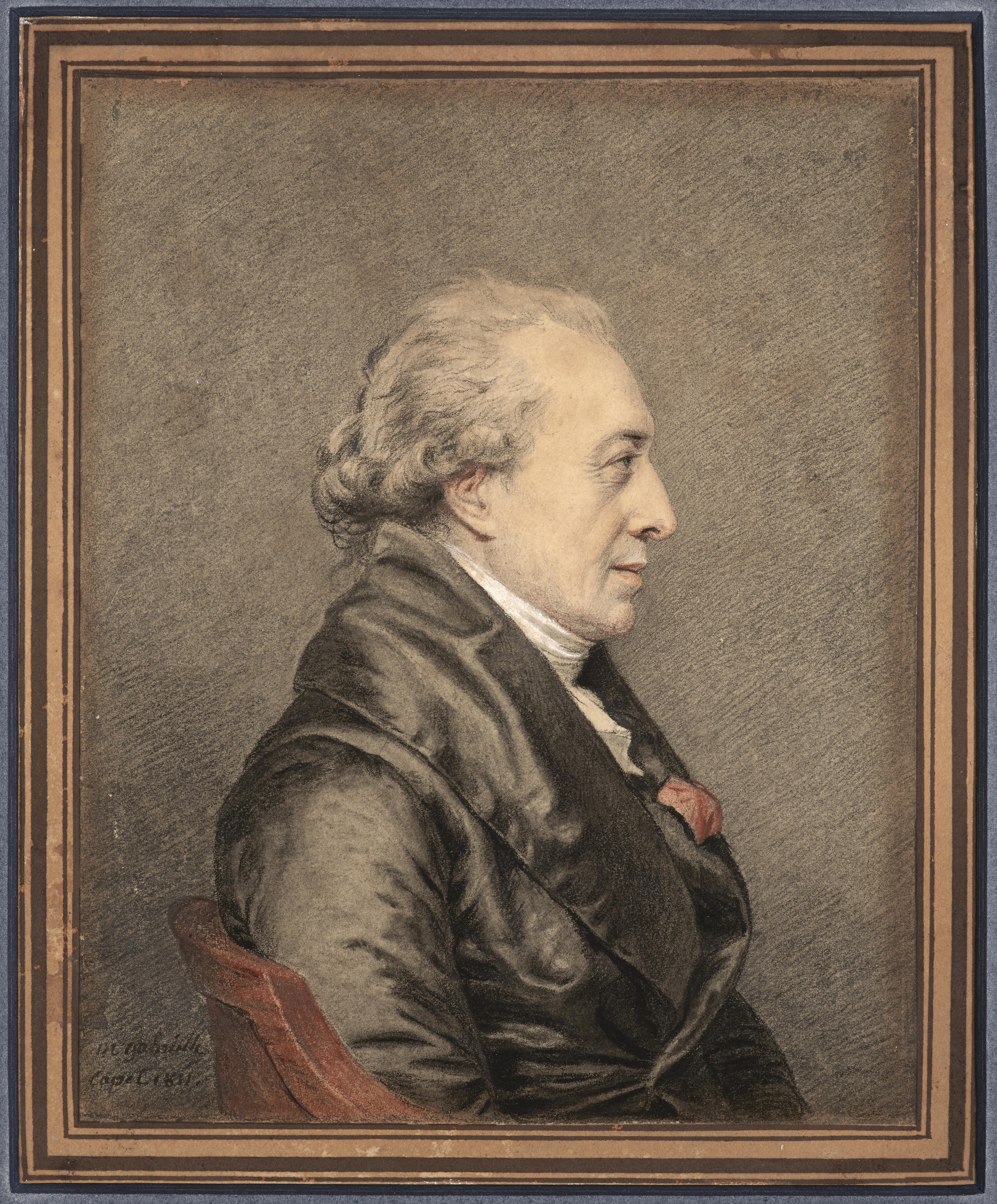
Fig. 1: Marie-Gabrielle Capet, Portrait of the Painter François-André Vincent, 1811, black chalk, red chalk, and white chalk on paper. Katrin Bellinger Collection, inv. 2021-024.
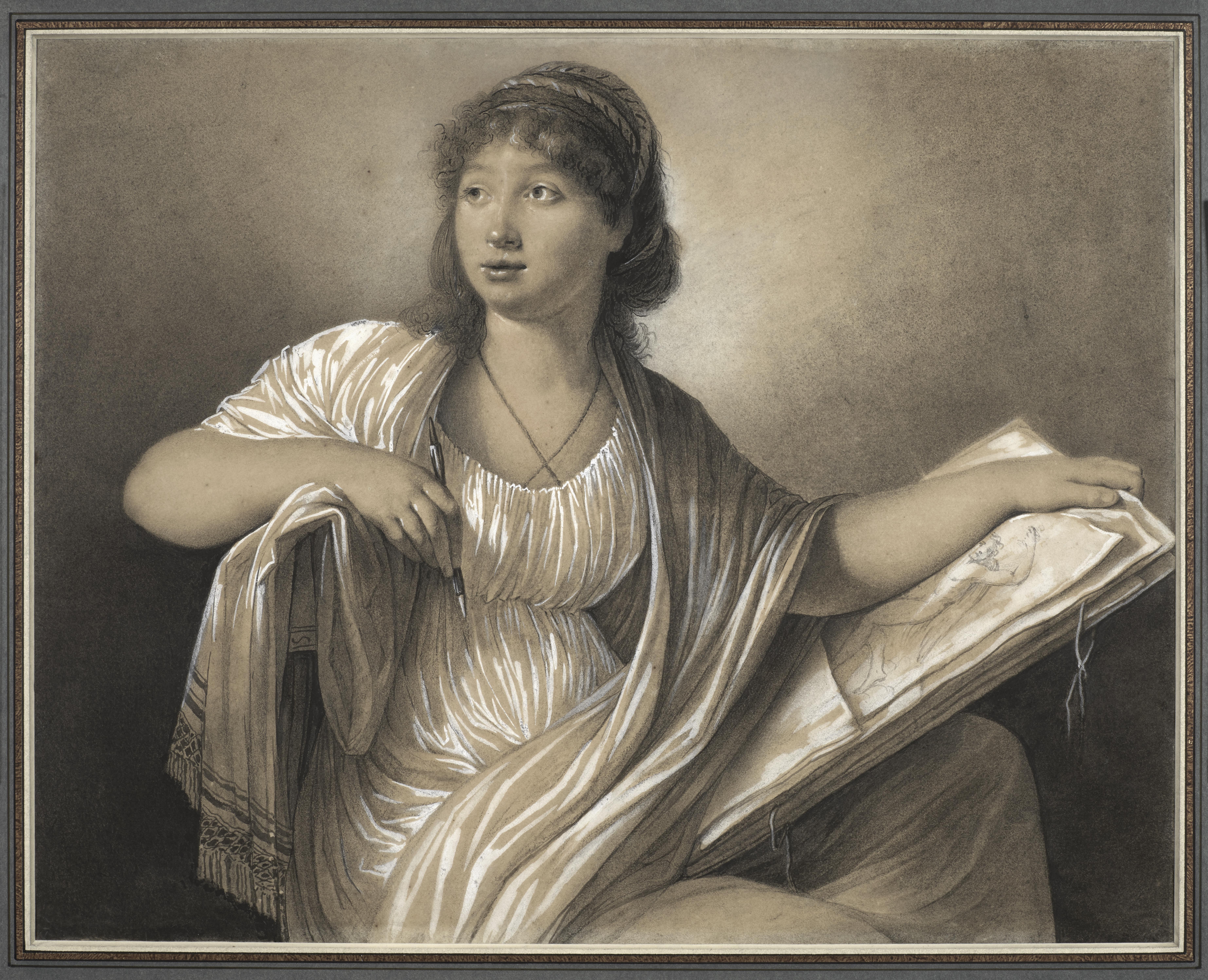
Fig. 2: Anne Guéret, Portrait of an Artist with a Portfolio (Self-Portrait?), c. 1793, black chalk, pen and grey ink, and wash, heightened with white gouache on paper. Katrin Bellinger Collection, inv. 2008-012.
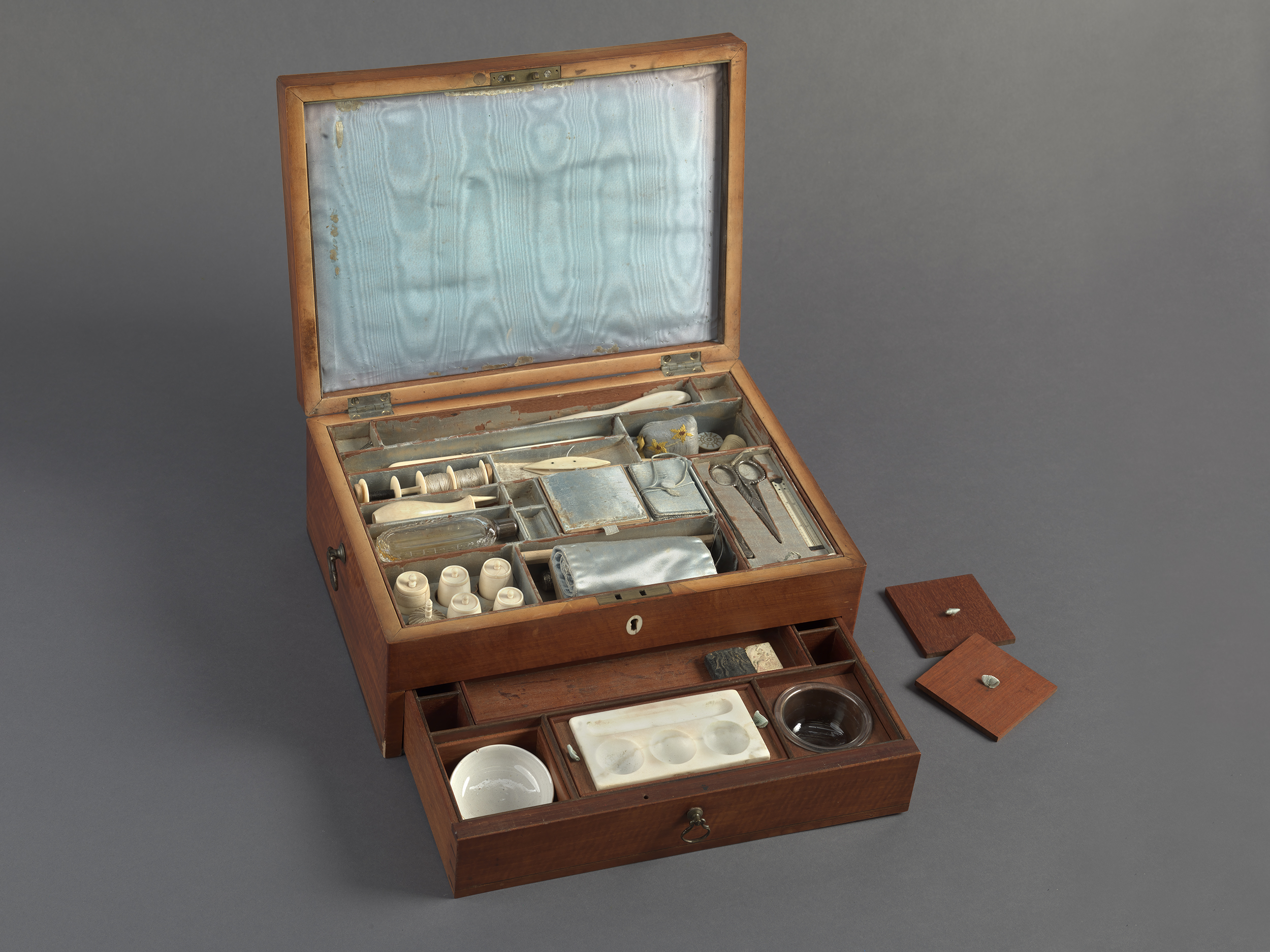
Fig. 3: English, probably Reeves & Company, A George III Combination Sewing and Painting Box, 19th century. Katrin Bellinger Collection, inv. 2017-005.
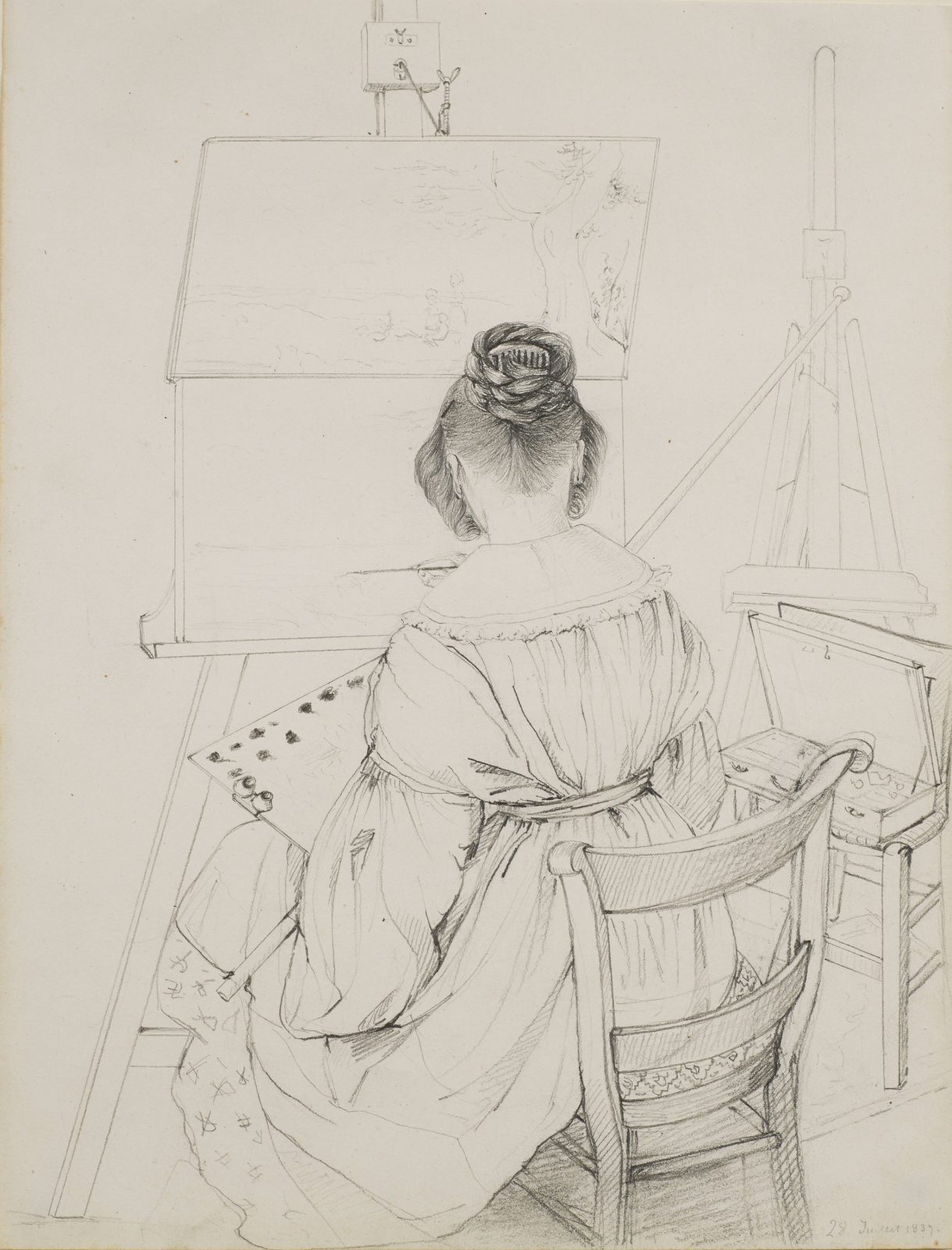
Fig. 4: Fanny Guillaume Baronne de Molaret, Landscape Painter at Her Easel, 1837, graphite on vellum paper, from a drawing album. Katrin Bellinger Collection, inv. 2015-017.
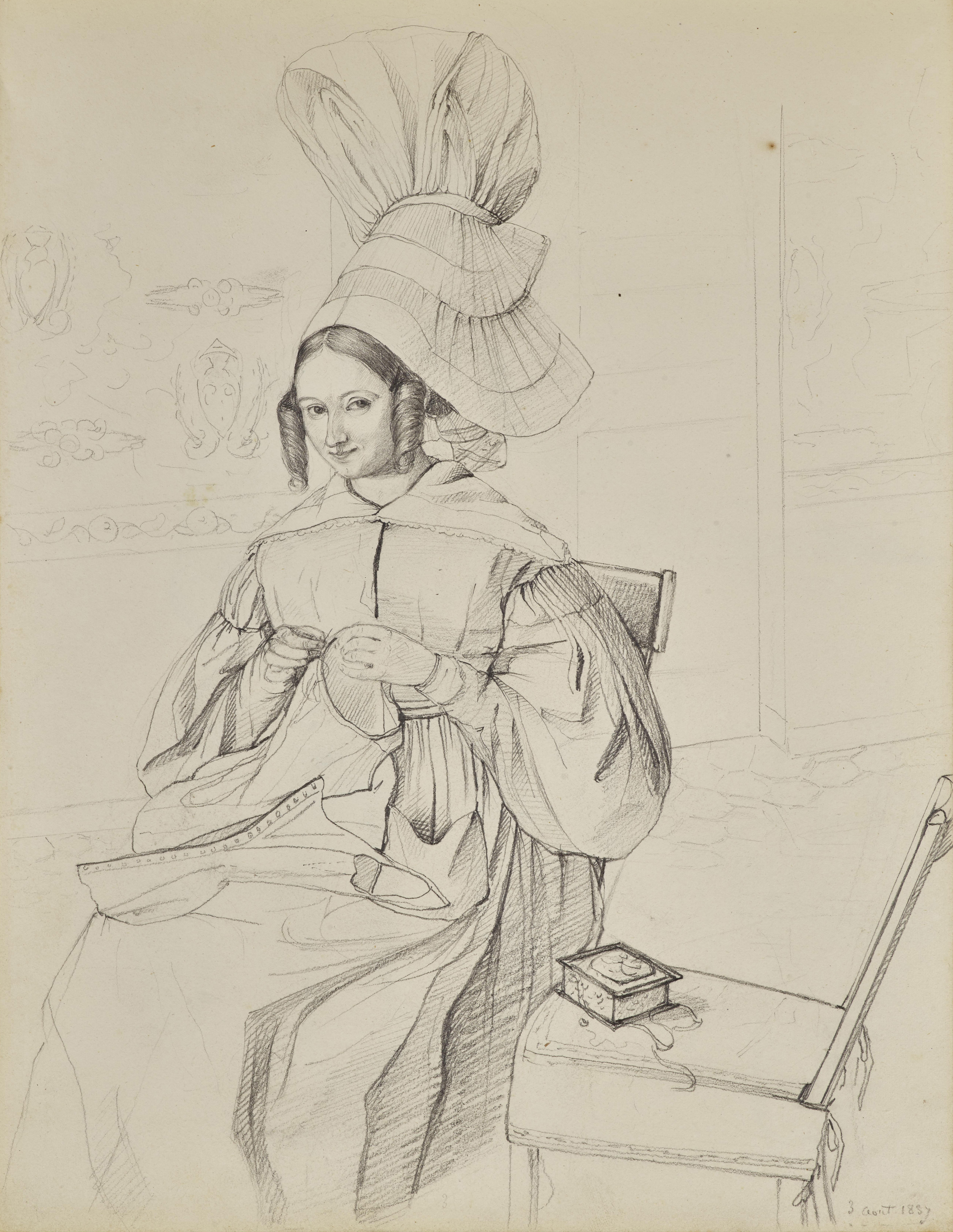
Fig. 5: Fanny Guillaume Baronne de Molaret, Woman Mending a Bodice, 1837, graphite on vellum paper, in a drawing album. Katrin Bellinger Collection, inv. 2015-017.
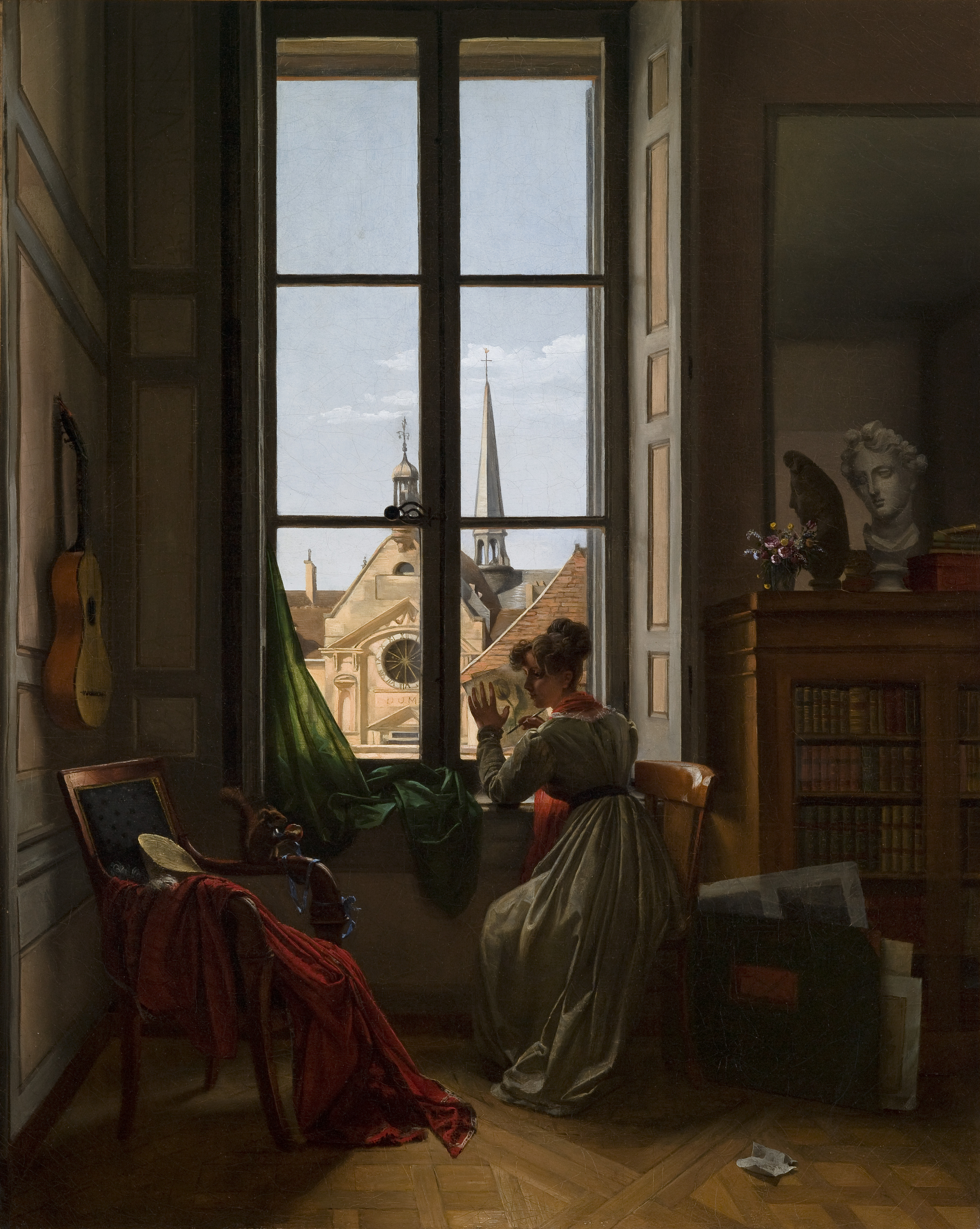
Fig. 6: Louise Adéone Drölling, Interior with Young Woman Tracing a Flower, c. 1820–1822, oil on canvas. Saint Louis Art Museum.
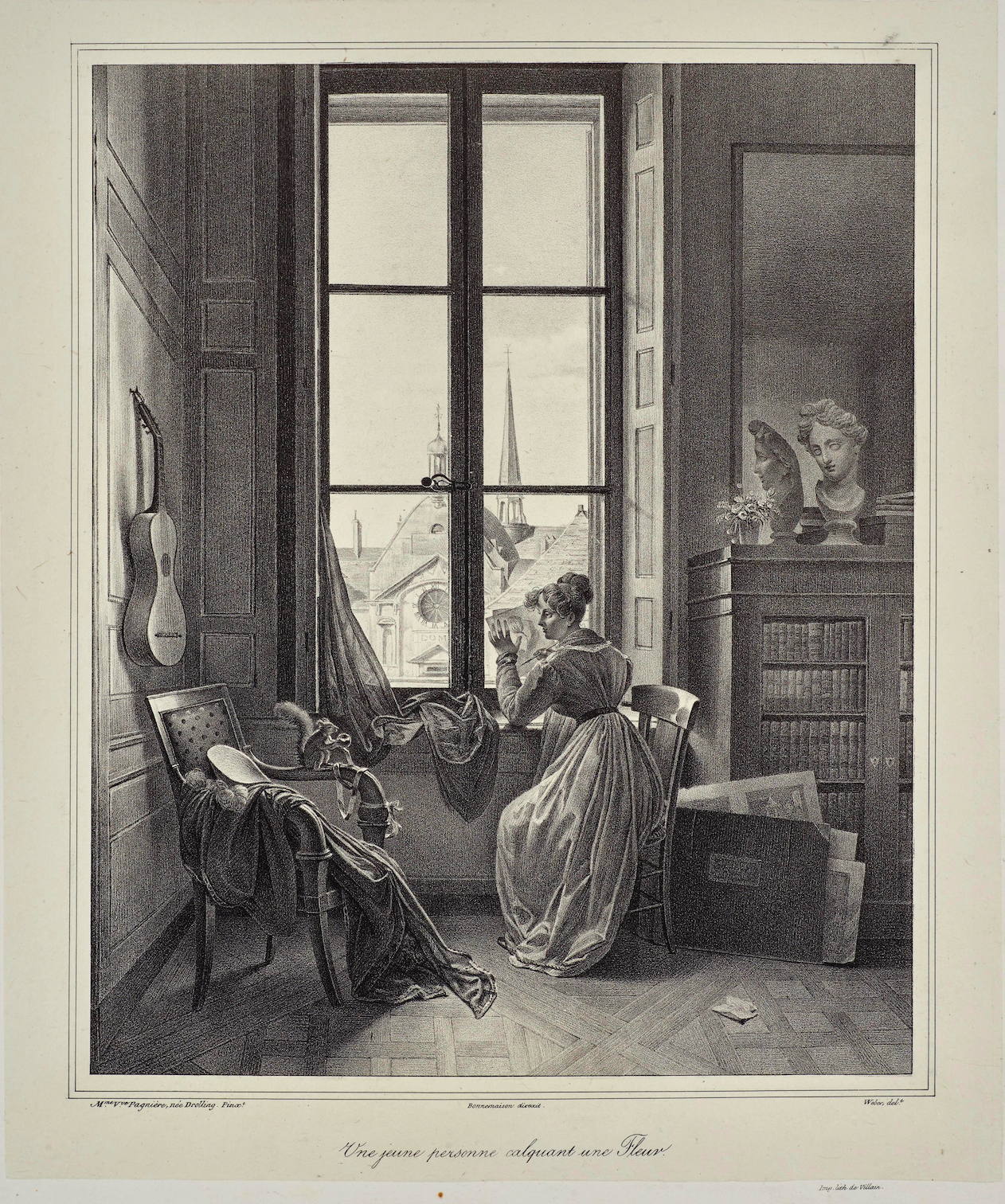
Fig. 7: Fréderic Weber after Louise Adéone Drölling, A Young Woman Tracing a Flower, n.d., lithograph. Katrin Bellinger Collection, inv. 2021-053.